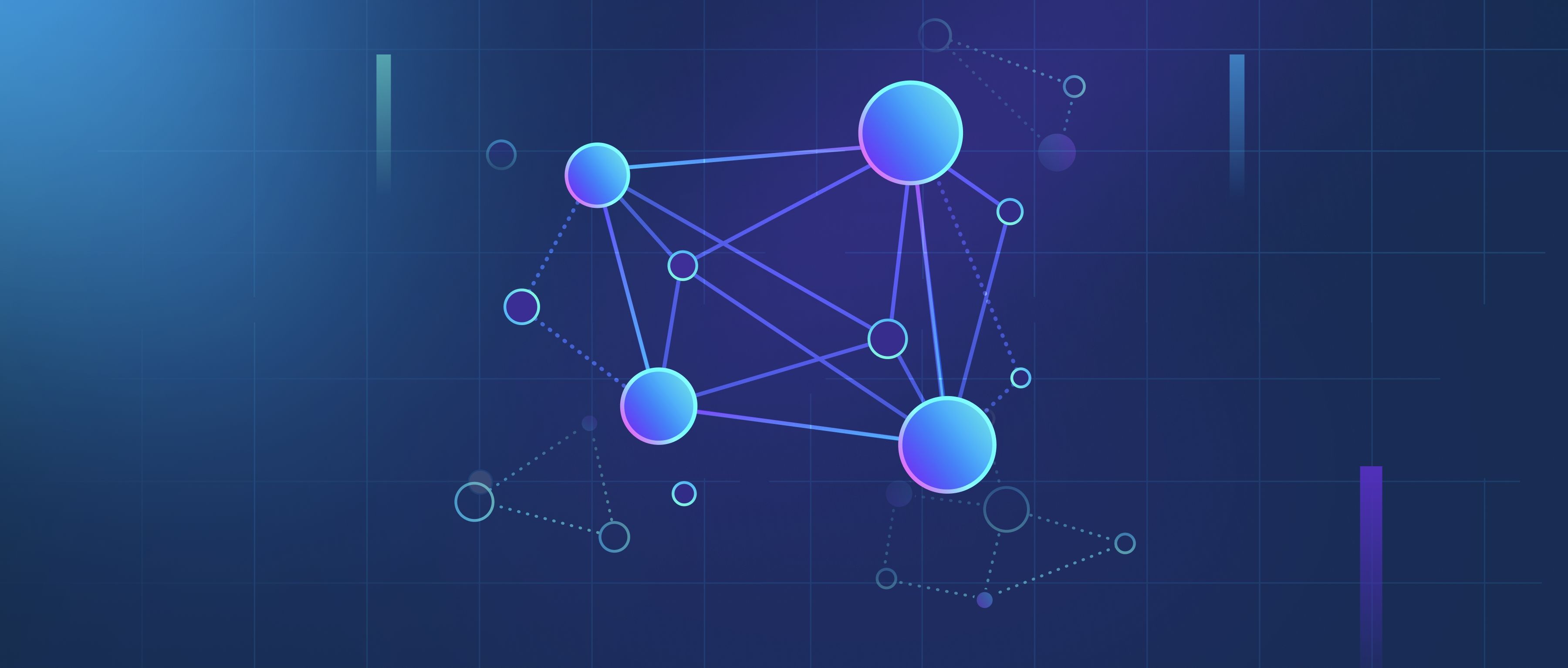Relational databases and graph databases serve different purposes and are designed to manage data in distinct ways. Relational databases store data in structured tables with rows and columns, where relationships between data are defined using foreign keys. This makes them well-suited for applications with well-defined schemas, such as customer relationship management systems or financial applications. In contrast, graph databases focus on the relationships between data points and represent data as nodes (entities) and edges (connections). This structure is particularly beneficial for handling complex relationships, like social networks or recommendation systems, where the connections between data points are just as important as the data itself.
One key difference between the two types of databases is how they handle queries. In relational databases, you often use SQL (Structured Query Language) to perform complex queries that involve joins across multiple tables. While this works well for many use cases, it can become inefficient when dealing with deeply nested or highly interconnected data. Graph databases, on the other hand, excel at running queries that traverse relationships. For instance, you can easily find the shortest path between two nodes or navigate through multiple levels of connections without the overhead of complex joins, making queries faster and more intuitive in scenarios with dense relationships.
Additionally, the flexibility in schema design is another area where these databases differ. Relational databases require a predefined schema, which can be rigid and may require significant changes to the database structure as the application evolves. This can lead to difficulties in scaling or adapting to new requirements. In contrast, graph databases offer a more flexible schema, allowing developers to add new types of relationships and nodes without affecting existing data. This adaptability makes graph databases particularly appealing for dynamic applications that need to evolve with changing requirements. Overall, the choice between a relational database and a graph database largely depends on the specific needs of the application and the nature of the data being managed.
